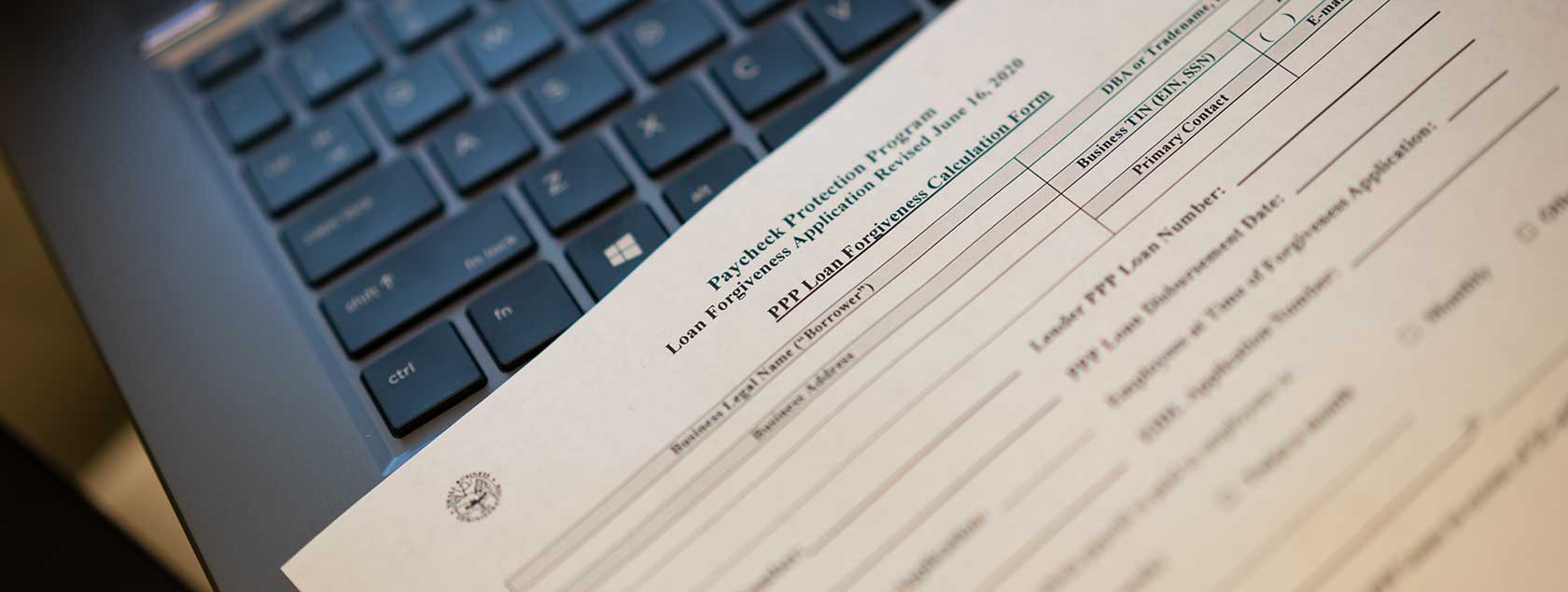***UPDATE AUGUST 14, 2020*** – The SBA and Treasury have compiled a Frequently Asked Questions (FAQ) information sheet regarding PPP loan forgiveness. You may download the PPP Loan Forgiveness FAQ Sheet or visit the SBA website for more information.
On Tuesday, June 16, 2020, the SBA and Treasury released much-anticipated guidance on the Payroll Protection Program loan forgiveness. The guidance comes on the heels of and addresses key information from the Paycheck Protection Program (PPP) Flexibility Act, which the President signed into law on June 5, 2020 and generally made the program’s lending terms more favorable to loan recipients.
Click the hyperlinks below to download the appropriate application and related instructions:
Here are the essential points to the revised application:
- Current PPP borrowers can choose to between an eight-week period or 24 week period. This flexibility is designed to make it easier for more borrowers to reach full, or almost full, forgiveness.
- PPP Borrowers also have the ability to choose between the covered period or alternative covered period for both the eight-week and 24 week time frames.
- Forgiveness to owner-employees, self-employed individuals and general partners, whose opt for the 24 week period is $20,833 (2.5 month equivalent of $100,000).
- The payroll expenditure requirement drops to 60% from 75%, and for purposes of forgiveness, no more than 40% of the potential forgiven amount can be for non-payroll costs.
- Borrowers can use the 24-week period to restore their workforce levels and wages to the pre-pandemic levels required to achieve full forgiveness.
- A new EZ loan forgiveness application can be used by borrowers. The form is generally available to those borrowers who can certify
- They are self-employed and had no other employees, or
- They did not reduce salary or hourly wages by more than 25% and also did not reduce headcount or average paid hours from January through the end of the covered period, or
- They did not reduce salary or hourly wages by more than 25% and the borrower was unable to operate during the covered period at the same level due to compliance requirements or guidance issued by governmental health agencies as defined.
- PPP borrowers may have five years to repay the loan instead of two years. Borrower and lender need to mutually agree to extend the maturity for any loan made before June 5, 2020. (Interim Final Rule on Revisions to the Third and Sixth Interim Final Rules)
We are committed to providing you with information and resources needed to make informed decisions for the future of your organization. We will continue to update this article with new information as it becomes available.
Please do not hesitate to contact us with any questions.
